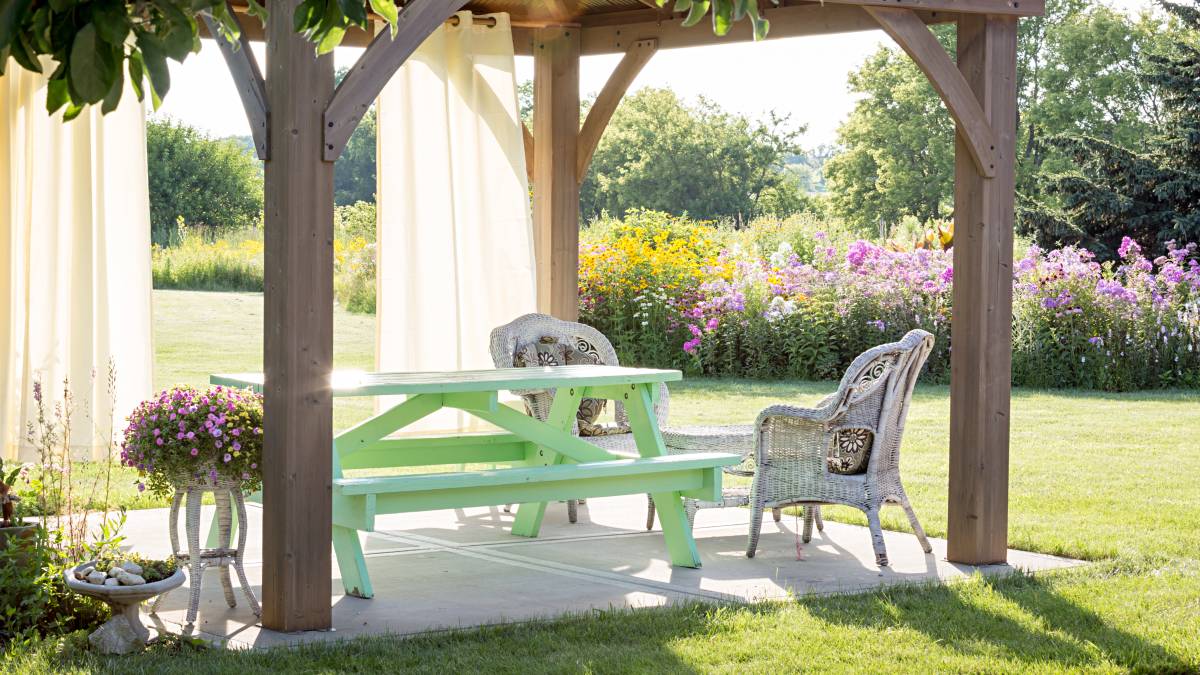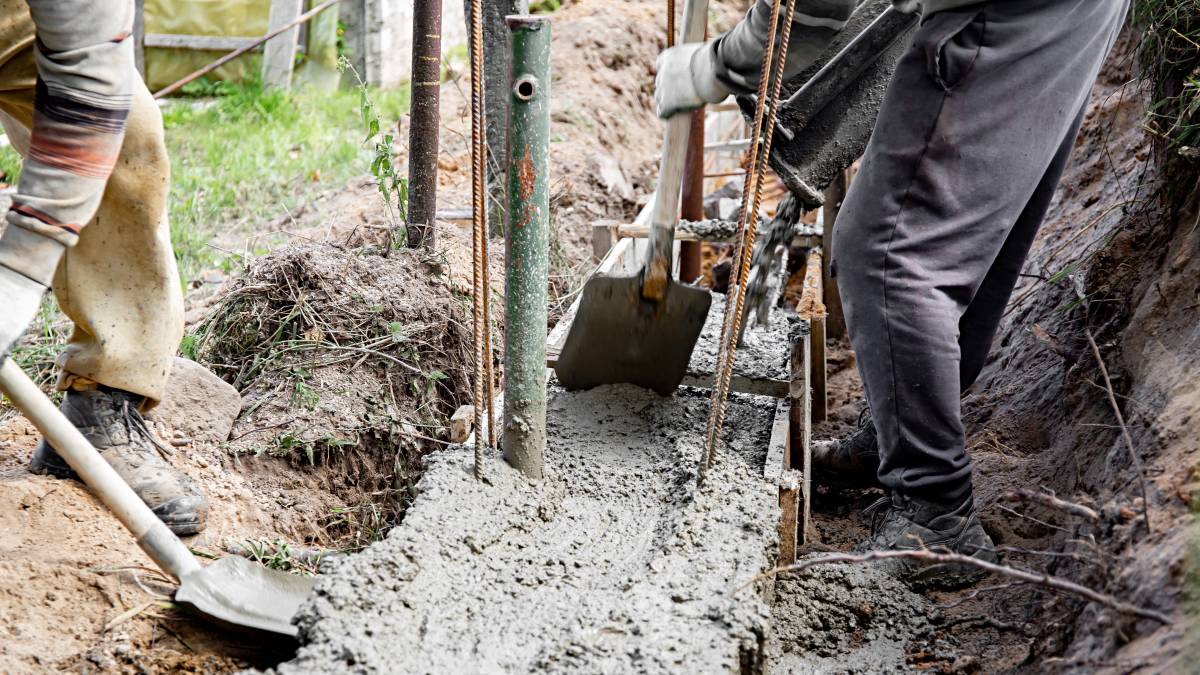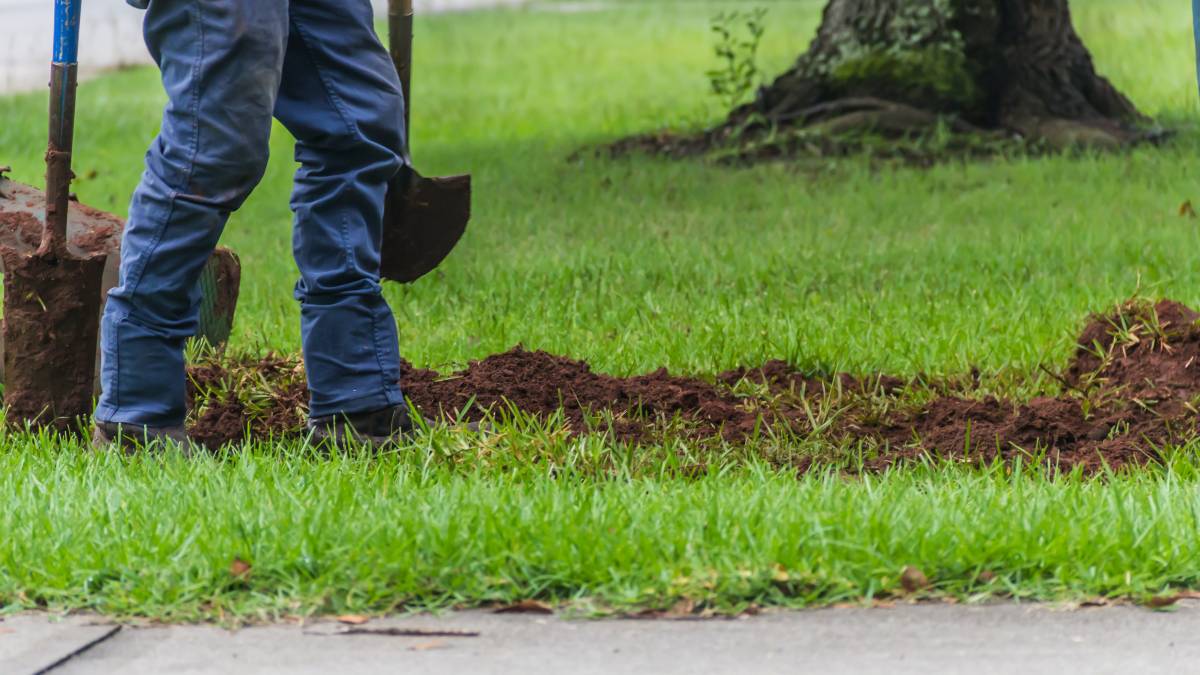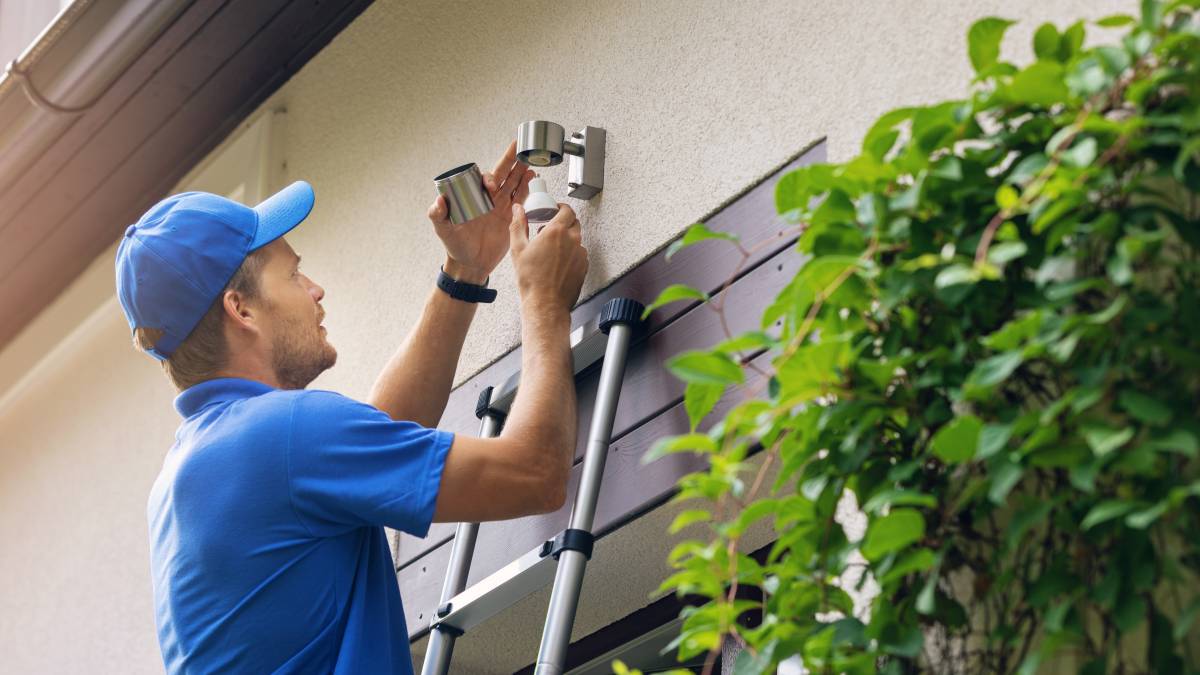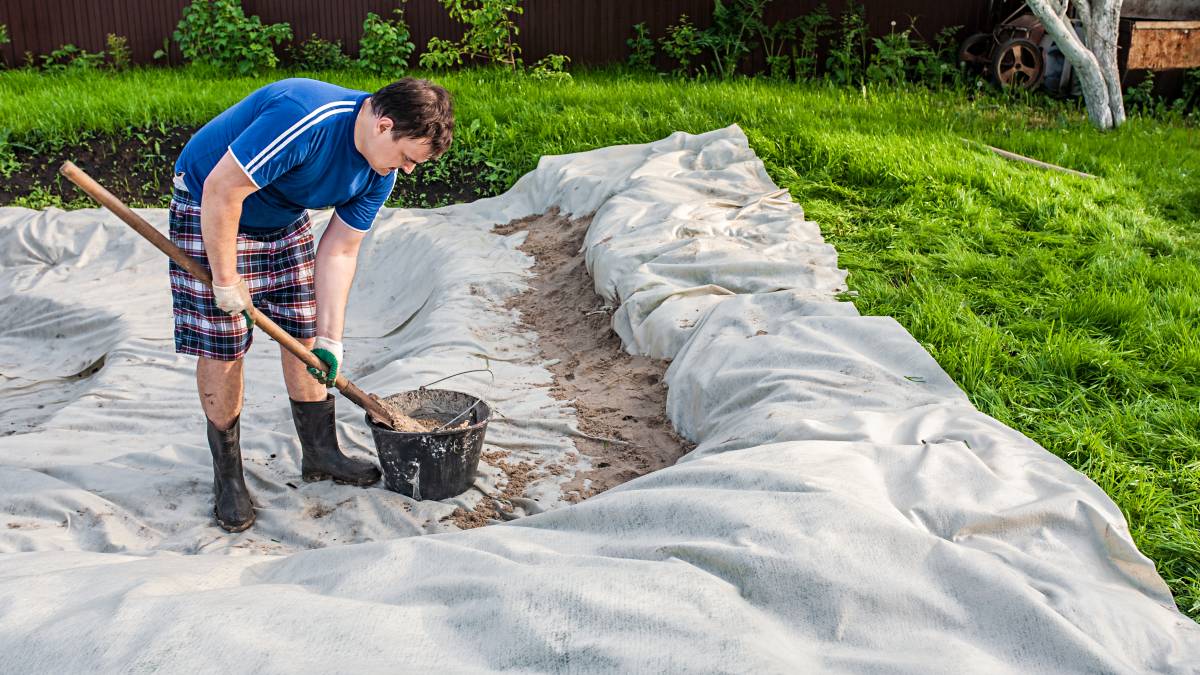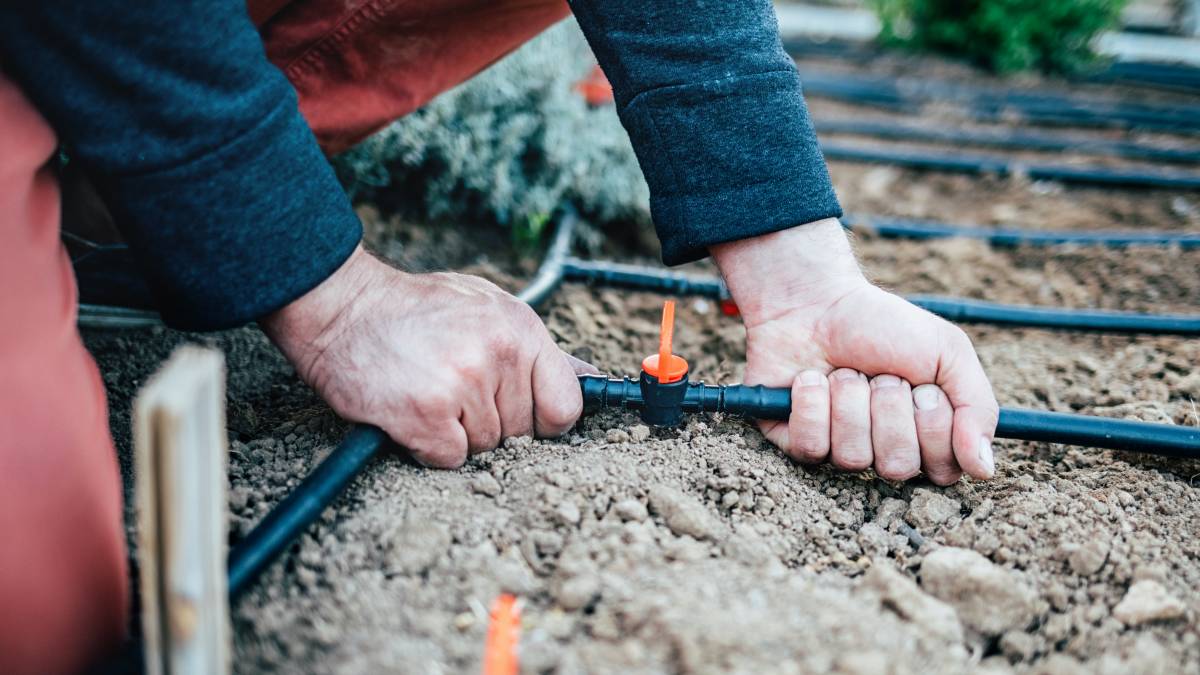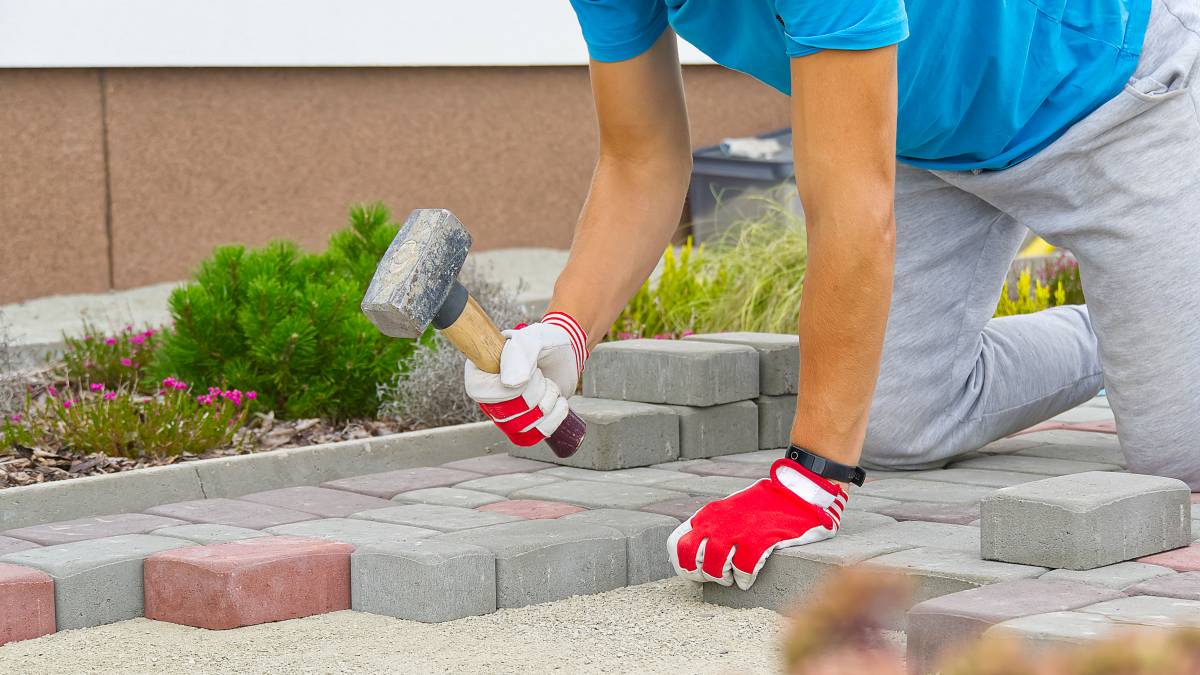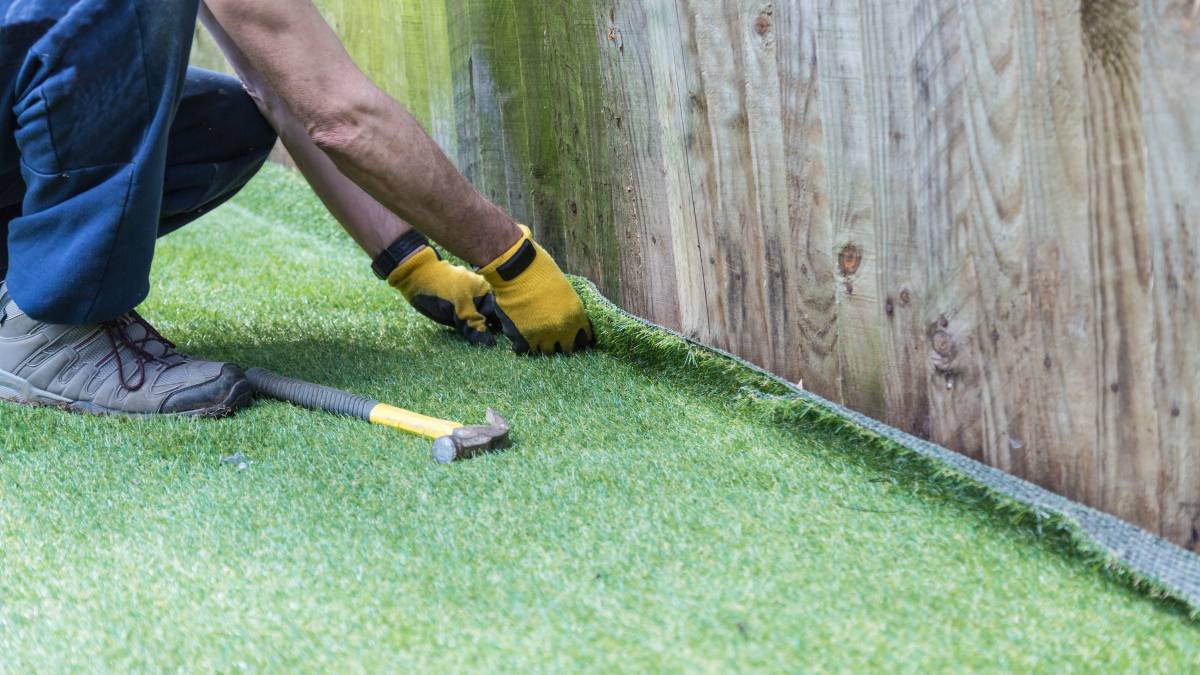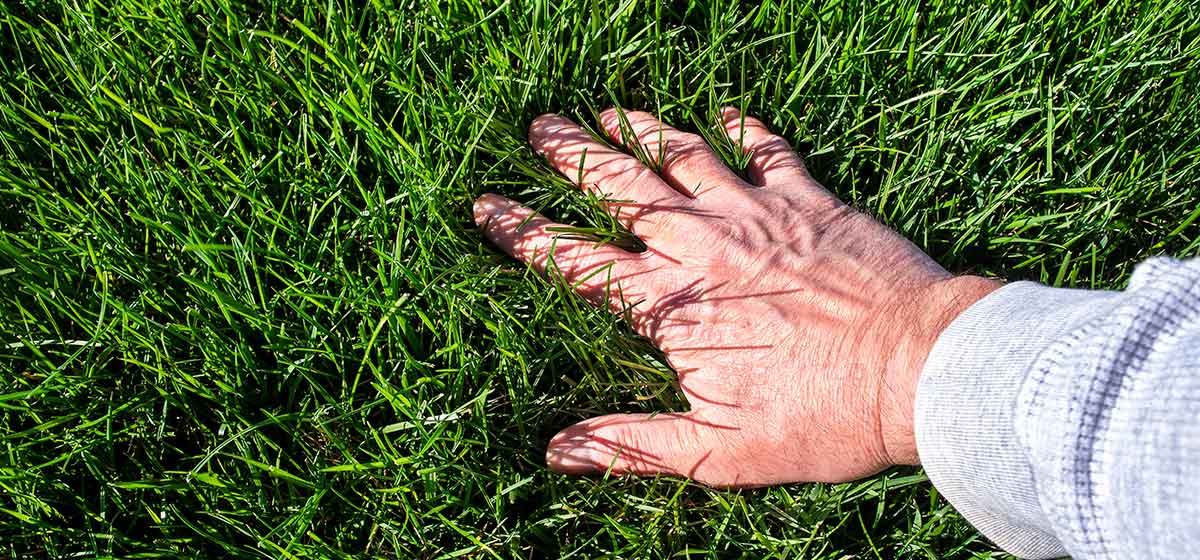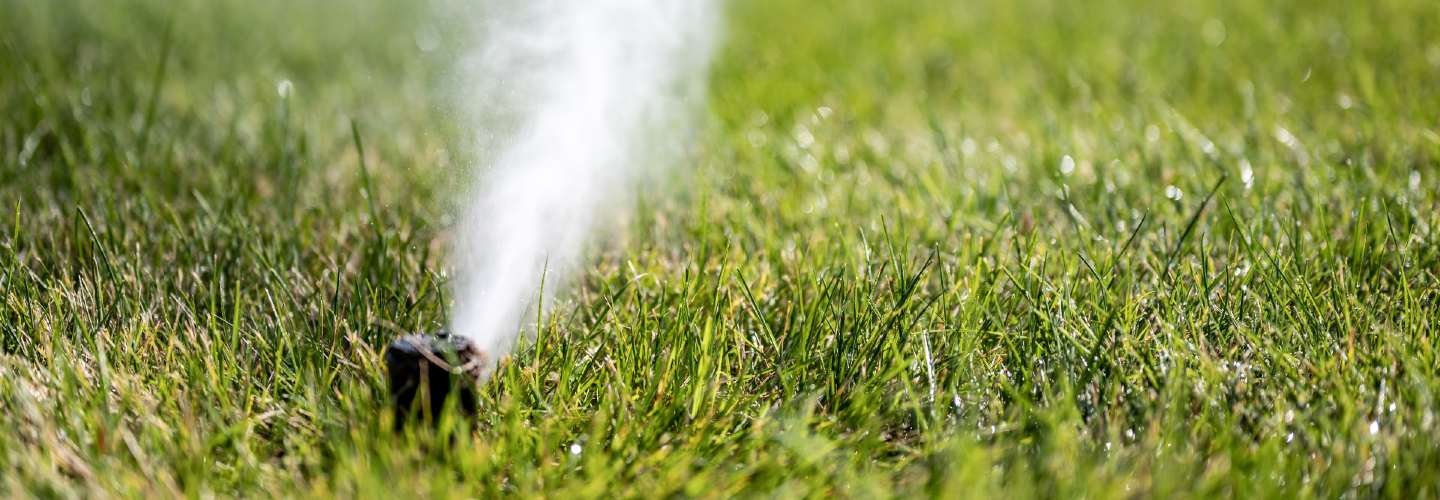

Find a professional sprinkler winterization service near you
Fill in a short form and get free quotes for sprinkler winterization services in your area
Need your sprinkler to thrive during the winter?
- Irrigation winterization
- Sprinkler winterization
- Sprinkler repair
- Sprinkler installation
- … or anything else
What is Airtasker?

Post your task
Tell us what you need, it's FREE to post.

Review offers
Get offers from trusted Taskers and view profiles.

Get it done
Choose the right person for your task and get it done.
Why book a sprinkler winterization service through Airtasker?
It’s easy to forget or neglect to winterize your sprinkler system, especially when you have holiday plans, home repairs, and other preparations to think about. But don’t worry, Airtasker can help! You can use our platform to connect with local experts to do your sprinkler winterization—even if it’s on short notice. You may even be surprised to find many sprinkler winterization service providers in your area.
You can hire a skilled local irrigation winterization specialist at any time. Once you make a post, expect free quotes from sprinkler winterization services near you. From there, you can quickly compare offers and weigh your options. Note that rates don’t have to be the only basis for choosing a Tasker; You can also see each Tasker’s ratings and reviews from past customers, which can help you make an informed decision.
Why waste your time and spend your energy doing sprinkler winterization yourself when you can leave the sprinkler winterization to an experienced Tasker? Post a task now, and see how easy it is to get your sprinkler system winterized by an expert!
Quick offers
Start getting offers to do your task ASAP!
Find locals
Our localised search helps you connect with available sprinkler winterization experts near you
Flexible pricing
Choose the offer that’s right for you.
Real reviews
Judge for yourself — every task gets a review.
Top Sprinkler Winterization related questions
Using a pancake air compressor isn’t advisable for sprinkler winterization. Although some pancake air compressors can generate the requisite 50 to 80 psi, most can’t provide the needed air pressure volume of 5 cubic feet per minute (CFM). If you insist on using one, water can remain in your sprinkler system, which could make your pipes burst after they freeze during winter. You’ll need to hire a plumber to fix the damage if that happens.
Yes, but only if your sprinklers are of a particular design. You won’t need an air compressor if your sprinkler system consists of irrigation lines buried at a downward angle, such as on a downhill slope. For a system like this, all you have to do is shut off the water supply, open the drain valves in each zone and let gravity do the rest.
No, there’s no need since your Tasker may arrive at the worksite fully equipped. The only items you may want to provide are a couple of buckets to catch the water that leaks out of the drain pipes. You may also have to give access to your basement or sprinkler system control box, so your Tasker can shut off the water supply.
You can winterize your sprinkler system before freezing temperatures are expected. An ideal time is at least a week before the first freeze, so make sure to monitor local weather reports and mark the date! Don’t worry about not watering the grass on your lawn during this period; Most types of lawn grasses can survive without regular watering and can go into hibernation.
No. Even if you’ve winterized your sprinkler system and insulated its external components, that doesn’t mean you should stop watering your lawn. The general rule is to continue watering the grass as long as the ground hasn’t frozen over. If your state has days where temperatures reach 40℉ or more, you should still water your lawn once or twice a month. Don’t do any watering if there’s snow or the ground has frozen.
That depends on how long your grass is now. The grass blades should ideally measure at least two to two-and-a-half inches right before winter, so trim the grass or leave it to grow as appropriate. Having the grass blades at this length makes them short enough to avoid developing snow mold, but not too short that they get too stressed by the dry winds and cold temperatures.
Landscaping Services
Land Clearing
Commercial Snow Plowing & Removal
Artificial Grass Installation
Water Features
Hedging
Landscape Lighting
Garden Benches
Retaining Walls
Landscape Contractors
Sprinkler System Installation
Trench Digging
Landscape Architects
Landscape Designers
Wood Chipping & Mulching
Chainsawing
Leveling
Commercial Landscaping
Snow Plowing & Removal
Drip Irrigation Systems
Hard Landscaping
Irrigation Repair
Top Locations
What do sprinkler winterization services include?
Sprinkler winterization services include all the tasks necessary to prepare your sprinkler system for the coming winter using the blowout method. This can include shutting off the water supply for the sprinkler system, draining all the water out of the system, removing the remaining water, then insulating the external components. Here are the usual steps involved in winterizing sprinkler systems.
Assessing the system
Your local sprinkler winterization specialist starts by checking where and how many sprinkler zones comprise your system. They can check the points where they can shut off the water supply and where to connect the air compressor. Then, the specialist will identify where the outdoor valve boxes of each sprinkler zone are located. Your hired Tasker can also check which type of material your sprinkler pipes are made of, so they can prepare the right tools and compressor settings.
Preparing the right tools
After inspecting the sprinkler system, the specialist prepares the appropriate tools like hoses, hose adapters, and adjustable wrenches. Your Tasker may also use the proper safety equipment, such as safety goggles and gloves.
The standard practice is to set the compressor to an output of at most 50 psi for polyethylene pipes and at most 80 psi for PVC pipes. This is an essential step to get all the water out and avoid the nasty mess of residual water bursting your pipes come wintertime. Your irrigation winterization specialist should make sure to use the right settings.
Draining and removing the water
Once your Tasker is ready, they shut off the water supply by closing the appropriate valves. Next, your Tasker proceeds with draining the water. They place buckets under the backflow drain valves to catch the water that leaks out. Next, your Tasker installs an adapter for the compressor hose. Your Tasker may move or trim some bushes or shrubs to access your sprinkler system’s drain plugs.
After attaching the compressor hose, your Tasker shuts off the outdoor valves of each sprinkler zone. Then, they’ll activate the compressor to force out the water from each sprinkler spout. The specialist repeats this process for each sprinkler zone until all the water is expelled from the system. Your Tasker can close all the test cocks and turn the isolation ball valve at a 45-degree angle; This will drain any water that enters the system during winter. You can now enjoy the winter and look forward to spring. Don’t forget—you should still care for your lawn during winter to keep your grass healthy.
Insulating external components
Your Tasker can protect any above-ground components for the winter by wrapping them in insulating foam secured with zip ties. If your system uses a detachable pump, your Tasker can disassemble this and help you put it in storage upon request. Once your sprinkler system is ready for winter, make sure your home stays at a comfortable temperature and always has hot running water during this chilly season.
